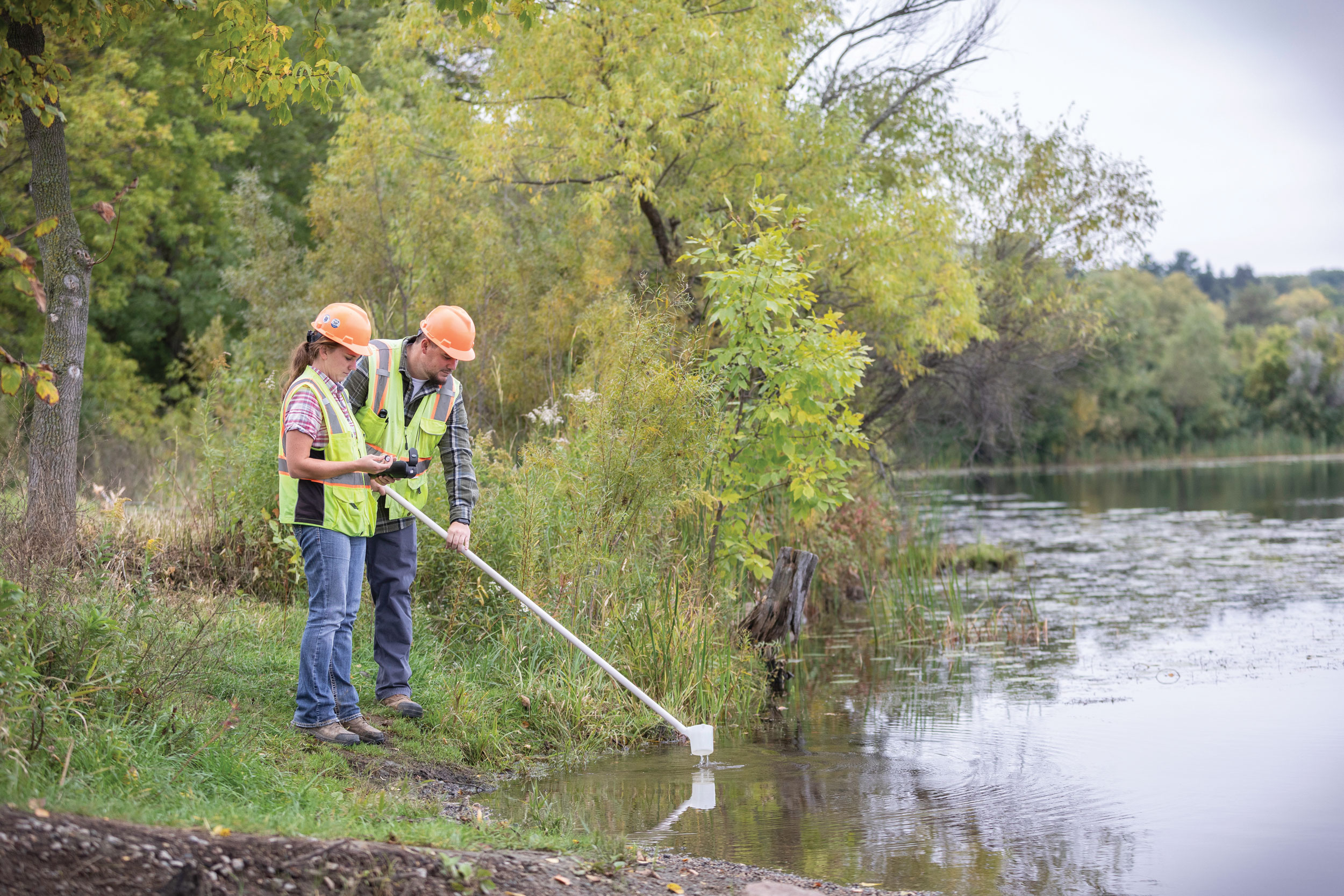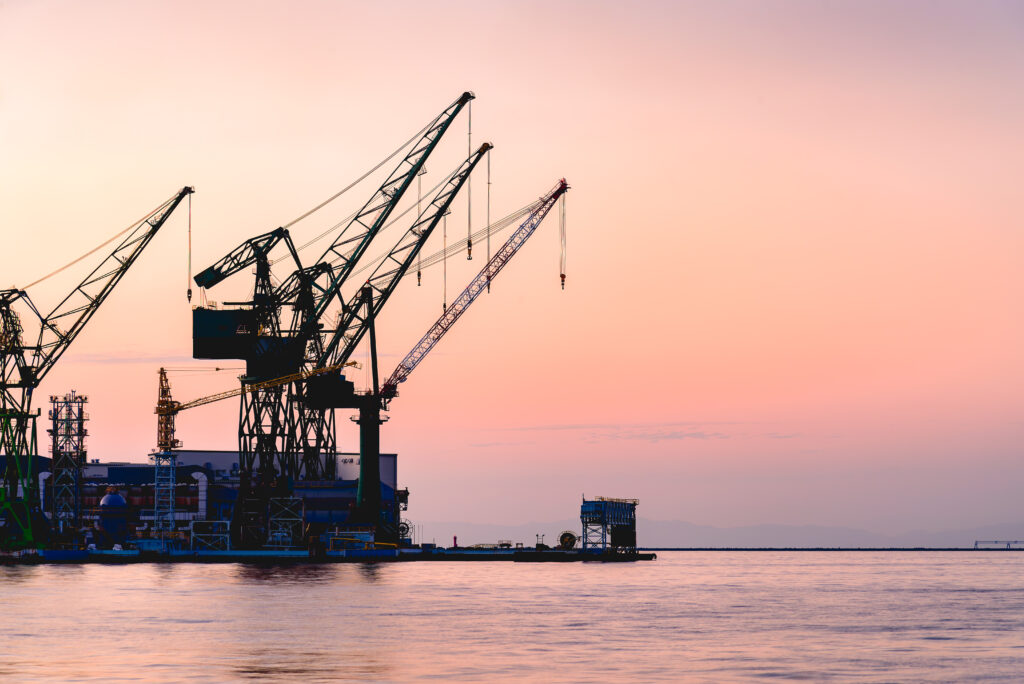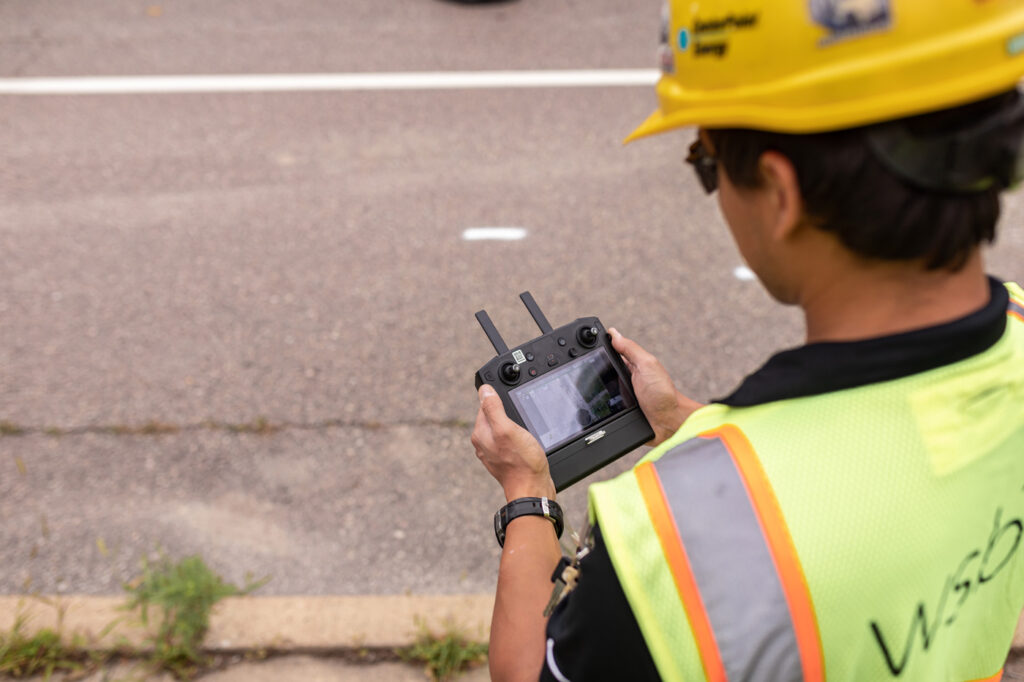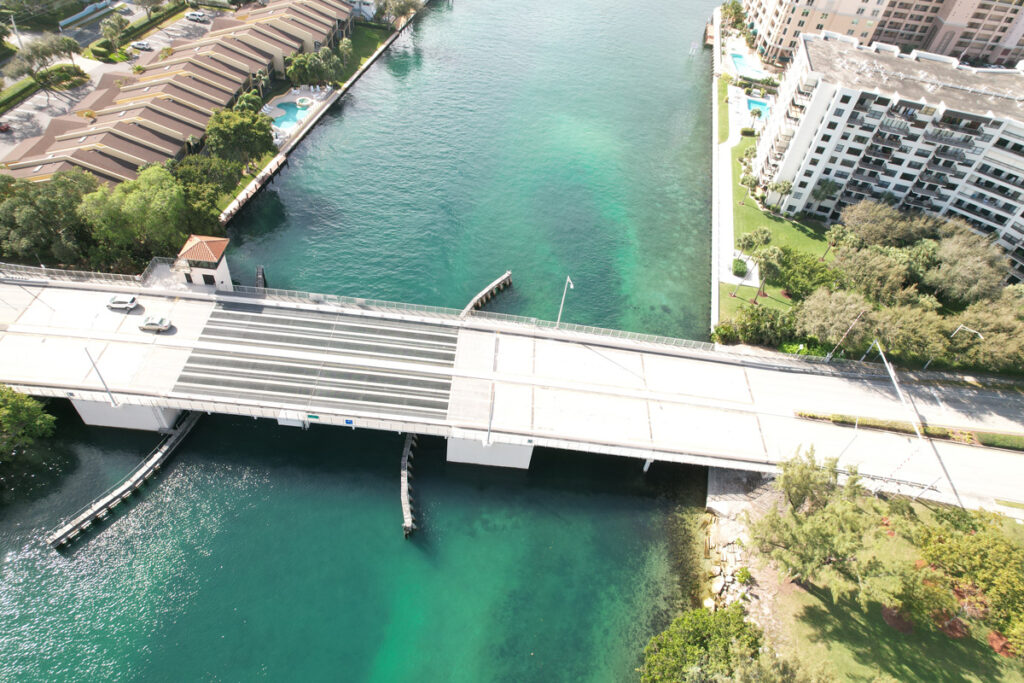September 19, 2024
By Karla Lopez, Senior Graduate Engineer, WSB
Creating Sustainable solutions for diverse environmental conditions.
From daily life to supply chains and beyond, water plays a key role in our world, especially in Texas. In the Lone Star State scarcity like droughts is a common issue in some areas, and more regular rainfall is quite common in others. Comparatively, states like Minnesota far more regularly experience flooding from heavy rains or snowfall which require different ideas and solutions for water management.
Water Allocation and Project Resiliency
Water resource management is critical for every city, especially in arid climates like Texas. Ensuring infrastructure can withstand inclement weather while following natural drainage paths is key. As engineers, we strive to design and implement drainage systems to collect and convey stormwater runoff to minimize the likelihood and impact of floods on communities, infrastructure and properties. Initial project planning includes improvising and adjusting the land around the site while attempting to mimic the existing natural drainage pattern using storm drains and other techniques However, a lack of proper infrastructure can inhibit proper drainage systems.
When infrastructure development begins it requires copious amounts of planning. First, surveying is required to ensure the infrastructure is not being built in a floodplain zone. Maps from the Federal Emergency Management Agency (FEMA) and other agencies are used to model existing water levels as a metric for the new project to prevent an increase in flooding. One of the primary goals in using these maps is to ensure that the project does not increase the previous amounts of water discharge. Caution must be taken to prevent increases in water quantities at any construction site. Additionally, in areas like Texas, the infrastructure needs to withstand natural disasters like hurricanes, tornadoes and coastal flooding.
Improving Water Quality
Infrastructure is only one facet of the issues different communities face. Water purification is a key component of water management, especially when dealing with dirty water. Before collected water is discharged into a river or lake, it goes through different cleaning processes, like filtration ponds, rain gardens and more. Some communities may have proper drainage systems but may not have up-to-date purification systems. This can lead to disparities in the quality of water between different communities.
Differing Climates from State to State
In making state to state comparisons, projects in Texas and Minnesota must work with regulations in both states. Texas is under near-constant threat of a lengthy dry season due to the heat and rare rains. Texas relies heavily on groundwater resources, but due to water scarcity and drought problems the state is facing, the groundwater is depleting. Thus, the regulations in Texas are not as strict as Minnesota’s rules, but that is a double-edged sword. Less regulations can lead to more pollution of water or greater deterioration while more regulation in Minnesota requires far more planning and permitting which slows down projects.
Minnesota, meanwhile, manages the threat of flooding, requiring a thoughtful approach to drainage. There is heavy reliance on watershed assessments which are taken incredibly seriously, especially with the massive number of lakes in the state. Exceptional care is taken to prevent the Land of 10,000 Lakes from becoming polluted due to old or malfunctioning infrastructure.
Tackling Water Issues from Rains to Droughts
Engineering and water management is both an art and a science that requires a careful approach to account for a variety of factors. This is true whether a project is being built to withstand a hurricane or ensuring a project does not cause heavy snowfall to flood neighboring homes. The United States makes up a wide variety of climates with an equally wide variety of potential water related issues that need to be navigated. Like with the varying communities in Texas, all construction projects need to be treated with care whether facing droughts or heavy rains or somewhere else in between.






